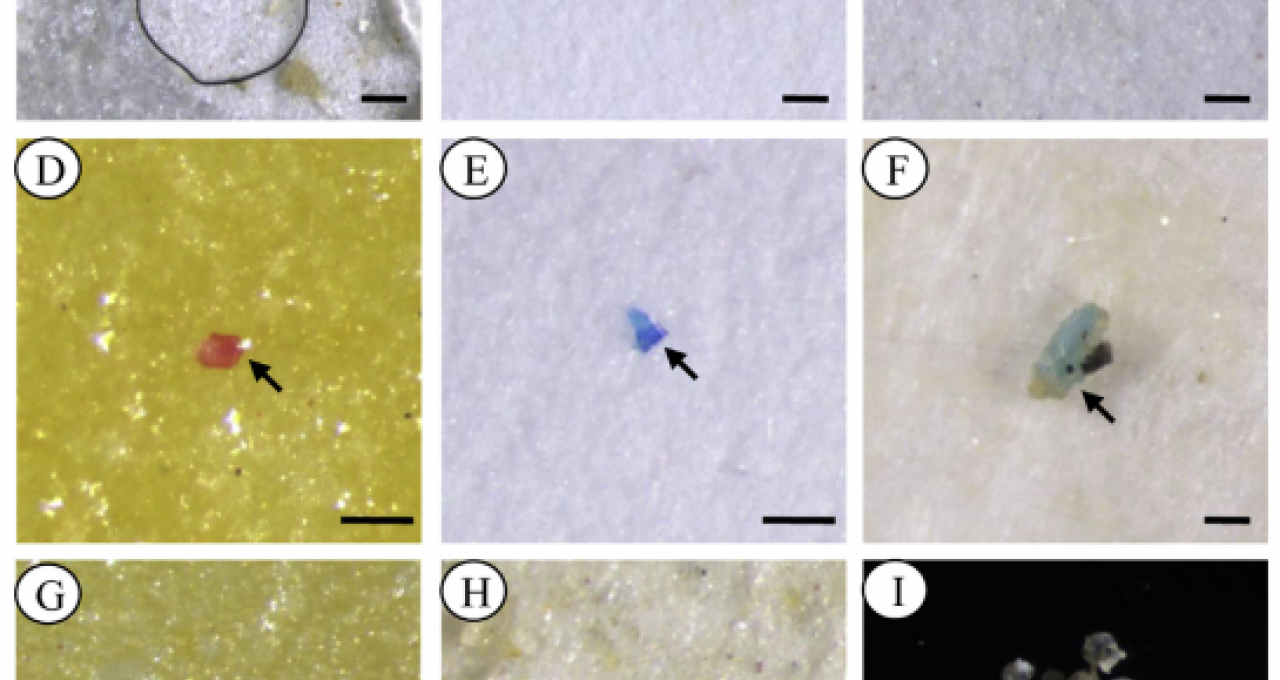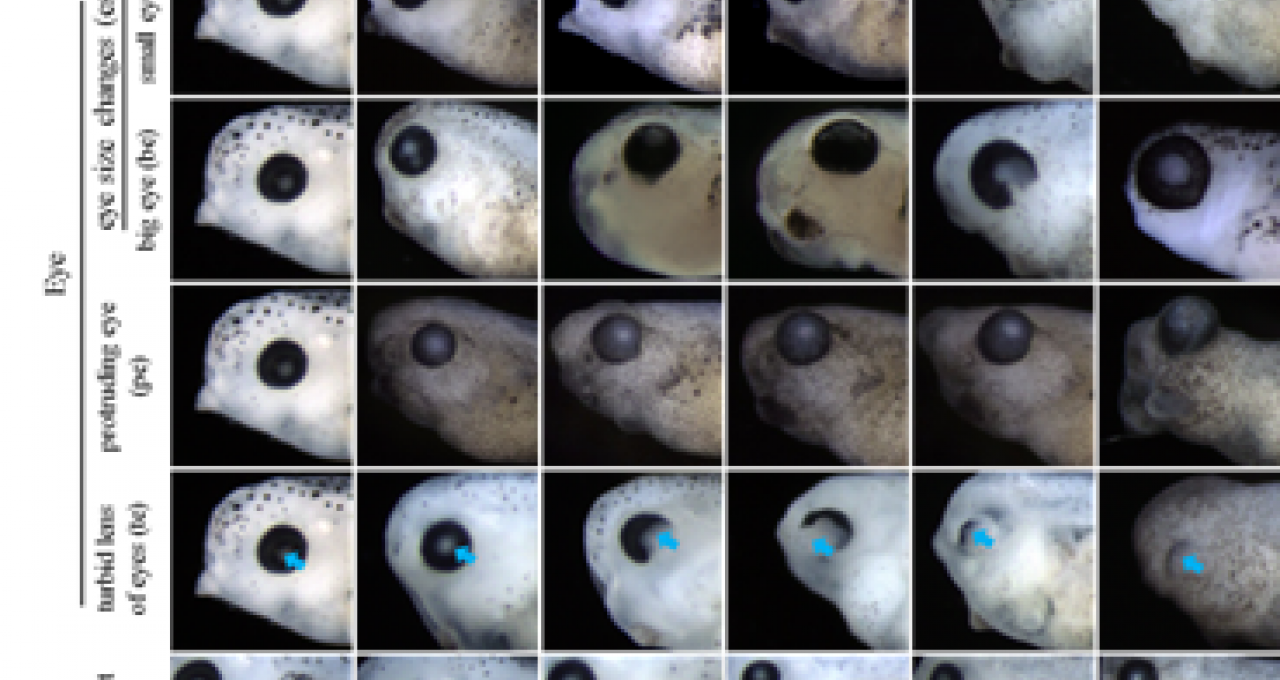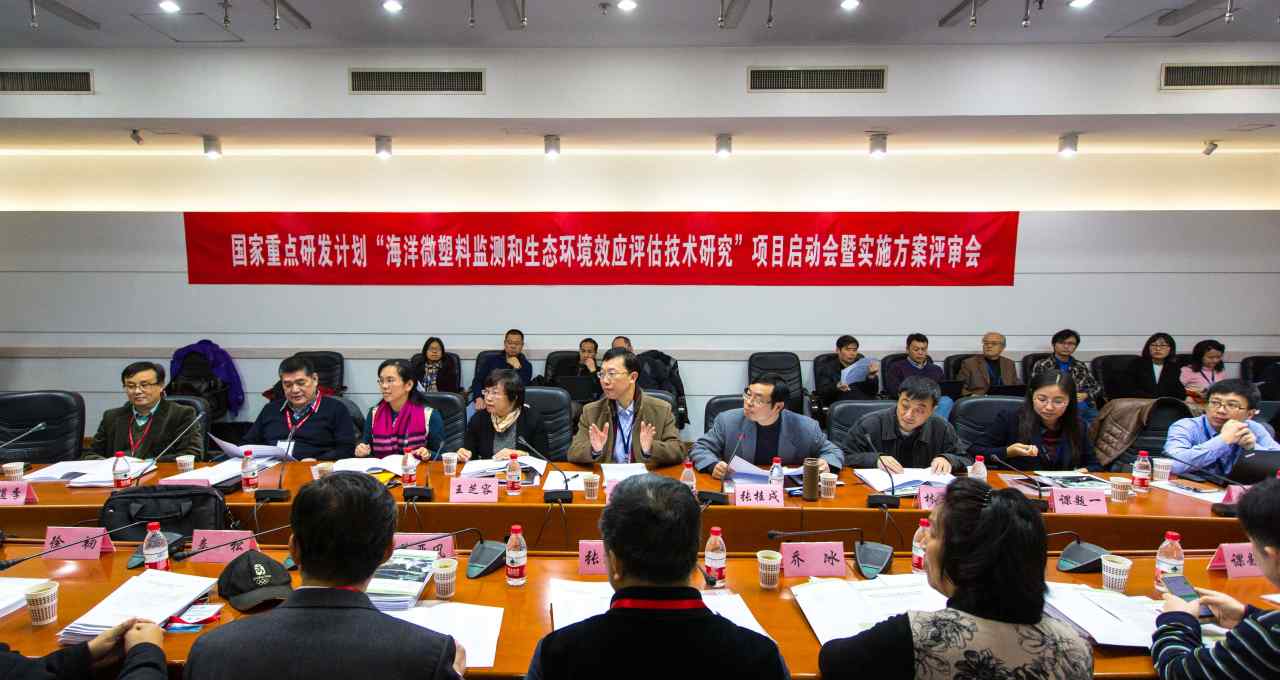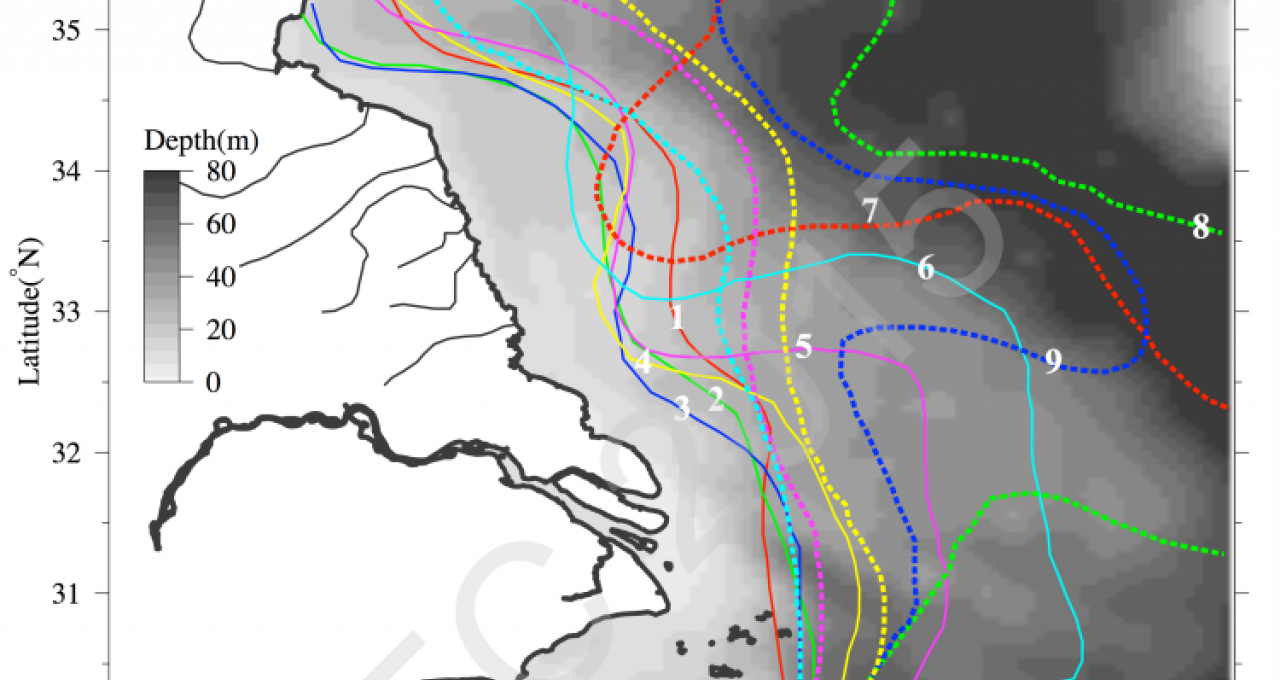Effects of tidal flooding on Jiuduansha wetland-atmosphere exchange of heat,water vapor,and carbon dioxide
Estuarine and Coastal Ecology and EnvironmentMicroplastic in mussels from the coastal waters of China and its indication for the environments
Ecotoxicology / Contaminants in Aquatic Environ...Plastic debris can greatly harm the marine ecosystem.
Comparative studies of teratogenic mechanisms induced in Xenopus tropicalis embryos by triphenyltin and an antagonist of retinoid X receptor
Ecotoxicology / Contaminants in Aquatic Environ...Retinoid X receptor (RXR) is one of the most important targets of pollutants and drugs.
The toxicological dynamic process and effects of polystyrene microplastic on Asia clam (Corbicula fulminea)
Marine Pollution / EcotoxicologyThe tiny plastic pellets or fibers, which are called as microplastics, have become one of the most important issues of marine plastic pollution in recent years.
Marine Microplastics Monitoring and Ecological Risk Assessment Technology Research
Marine Pollution / EcotoxicologyBy studying microplastic monitoring and risk assessment technology, our objective is to understand the source, fate and spatiotemporal variations of microplastics, to reveal the effects of microplastics on the safety and health of the marine ecosystems, to set up national standard for monitoring
Simulation mussel beds with GPU
EcologyTheoretical models highlight that spatial self-organized patterns can have important emergent effects on the functioning of ecosystems, for instance by increasing productivity and affecting the vulnerability to catastrophic shifts.
Ecosystem functioning of Mussel beds
EcologyTheory predicts that self-organized pattern formation has important implications by affecting vulnerability to disturbances and increasing production. Whether these emergent effects depend on the presumed underlying mechanisms is an often ignored question.
Phase separation principle in mussel patterning
EcologyUsing mussels as expriment, we demonstrate that the physical principle of phase separation (which is well-known and widely used in physics, but absent in the ecological literature) is able to explain spatial pattern formation in ecological systems (Liu et al, 2013 PNAS).
Multiple-scale patterns in ecosystems
EcologyMany ecosystems display complex spatial patterning at multiple spatial scales, particularly on mussel beds, seagrass, and coral reefs ecosystems.
Spatial self-organization in macro-ecosystems
Ecology1) Mussel beds development at large and small scales 2) Seagrass patterns 3) Vegatation patterns
Hyperspectral and multi-mission high resolution optical remote sensing of aquatic environments
Remote Sensing / Estuarine and Coastal Ecology ...The safety of aquatic environment has become a common global concern, and it is undoubtedly that remote sensing by satellite is the best way to monitor and evaluate the health of ecosystem in a long term.
Water mass exchange between Changjiang Estuary and Subei Coastal water
Physical OceanographyThe Changjiang Estuary (CE) and Subei Coastal Water (SCW) are close in locations,between which there exist active exchanges of water mass, sediments, and nutrients.